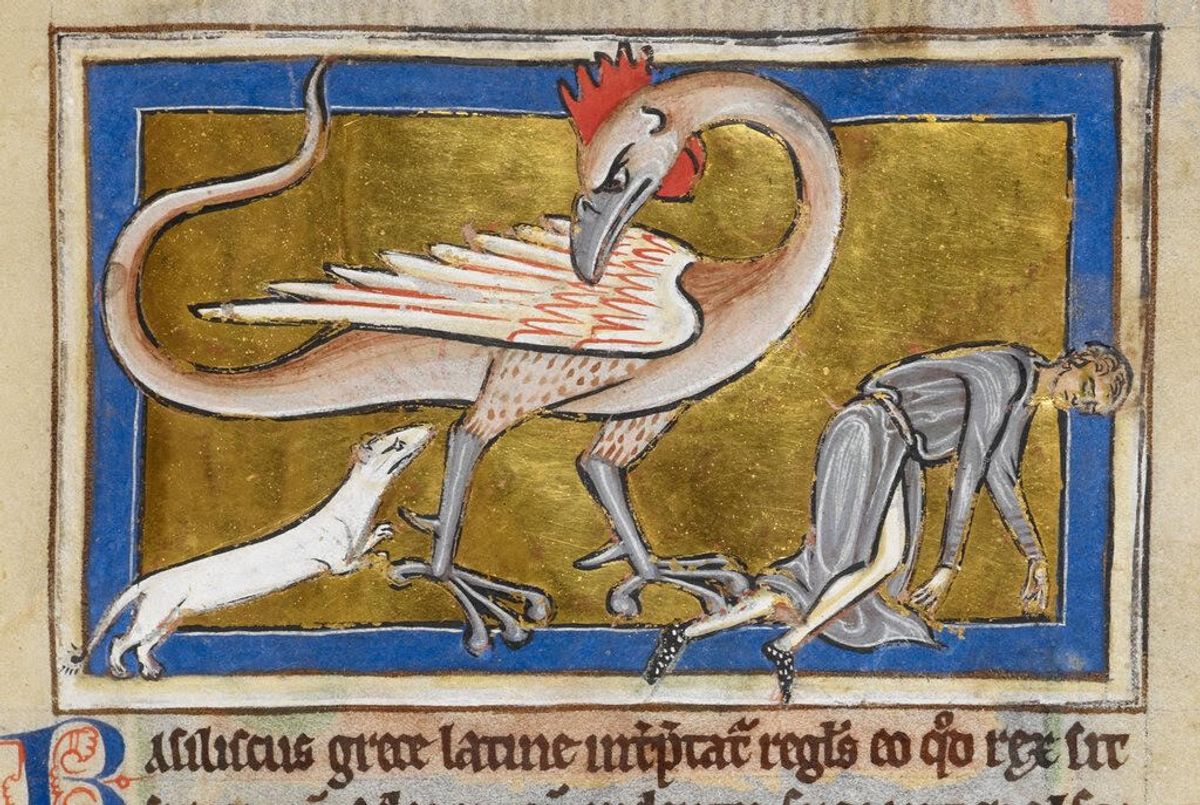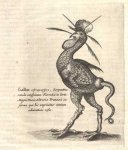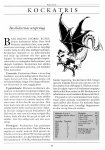Etymologiskt verkar det ha varit en fuckup - latinets "calcatrix" blev "cocatriz" på franska på antaglien rent uttalsmässiga grunder så att tuppen dök upp ur ingenstans. Det är nog bara en orm från början.
Etymology Online:
"cockatrice (n.)
fabulous monster, late 14c., from Old French cocatriz, altered (by influence of coq) from Late Latin *calcatrix, from Latin calcare "to tread" (from calx (1) "heel;" see calcaneus), as translation of Greek ikhneumon, literally "tracker, tracer." It was fabled to kill by its glance and could be slain only by tricking it into seeing its own reflection.
In classical writings, an Egyptian animal of some sort, the mortal enemy of the crocodile, which it tracks down and kills. This vague sense became hopelessly confused in the Christian West, and in England the word ended up applied to the equivalent of the basilisk. Popularly associated with cock (n.1), hence the fable that it was a serpent hatched from a cock's egg. It also sometimes was confused with the crocodile. Belief in them persisted even among the educated because the word was used in the KJV several times to translate a Hebrew word for "serpent." In heraldry, a beast half cock, half serpent. Also, in old slang, "a loose woman" (1590s)."






